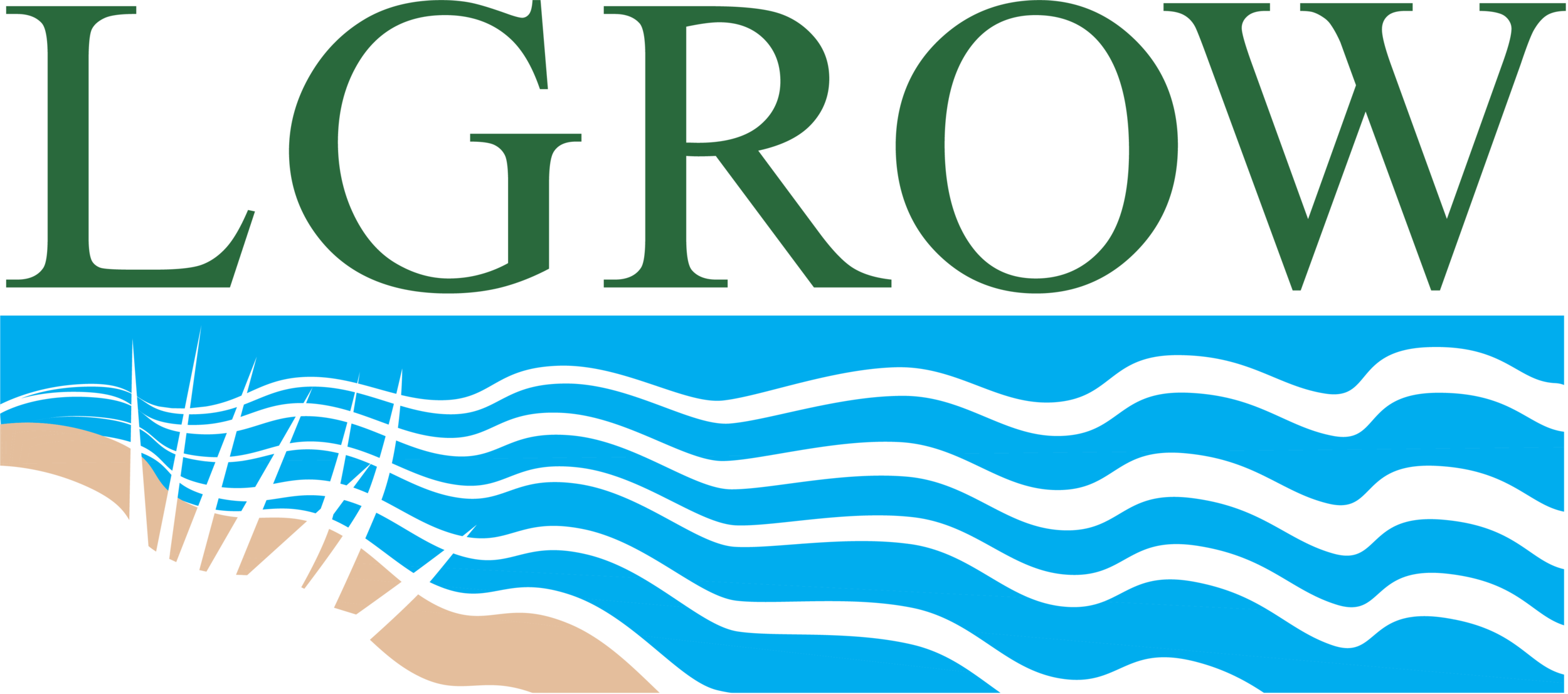Macroinvertebrate Sampling for Community Scientists!
Macroinvertebrates preserved in vials
Macroinvertebrates in ice cube tray during sampling event
Macro - big enough to see without a microscope
Invertebrate - animal without a backbone
Why?
One easy and fun way we can check the water quality of our local streams is to sample macroinvertebrates. Macroinvertebrates, or aquatic insects, are either adult or larval insects that live in the stream. Some may bury in the streambed, some might hide under rocks, some might even skate across the water’s surface. Different macroinvertebrates have different tolerances to water pollution. Because of this, we can use macroinvertebrate surveys to quickly check the water quality in a stream. By knowing what macroinvertebrates are in the stream, scientists can determine the water quality.
INSTRUCTIONS:
Step 1: Select study site
Select the stream reach you are interested in knowing the water quality of.
Step 2: Collect macroinvertebrates.
This can be as simple as flipping over rocks and logs and picking the macroinvertebrates off the substrate. Or, you can purchase gear such as a kick net (link) to sample if this is something you want to do regularly. All collected macroinvertebrates should be kept alive in a shallow bucket or ice cube tray for identification and counting. One important thing to remember is that all surveys should be 30 minutes of effort (i.e., if 2 people sampling the survey should last 15 minutes, 3 people, 10 minutes).
Step 3: Identify and Count
Once the survey is finished, it is time to figure out what you have collected! A printable easy ID guide can be found here. An interactive PowerPoint can also be found here. You might need a magnifying glass for some of the really small ones! Once you have identified all the bugs you collected, please fill out the data sheet found here. Try to fill out as much as you can in the form as it will make it easier to determine the water quality of the stream you sampled.
Step 4: Submit data
Once you have finished filling out the sheet, please submit forms to josh.arnold@gvmc.org. You can also submit any pictures you took while conducting the survey and they might be featured on our page!
The Optimal Time For Sampling is April - November
